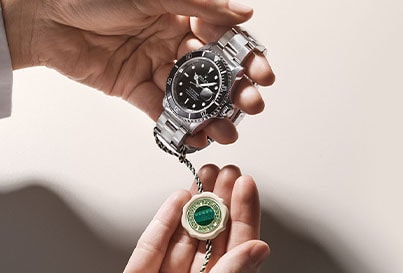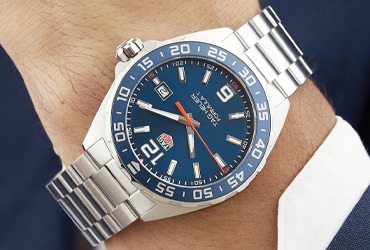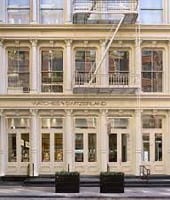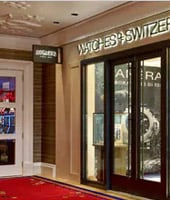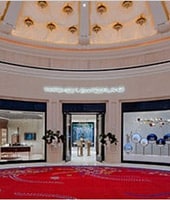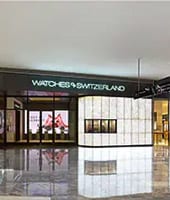A Guide To Watch Elements
By Sarah Jayne Potter | 6 minute read
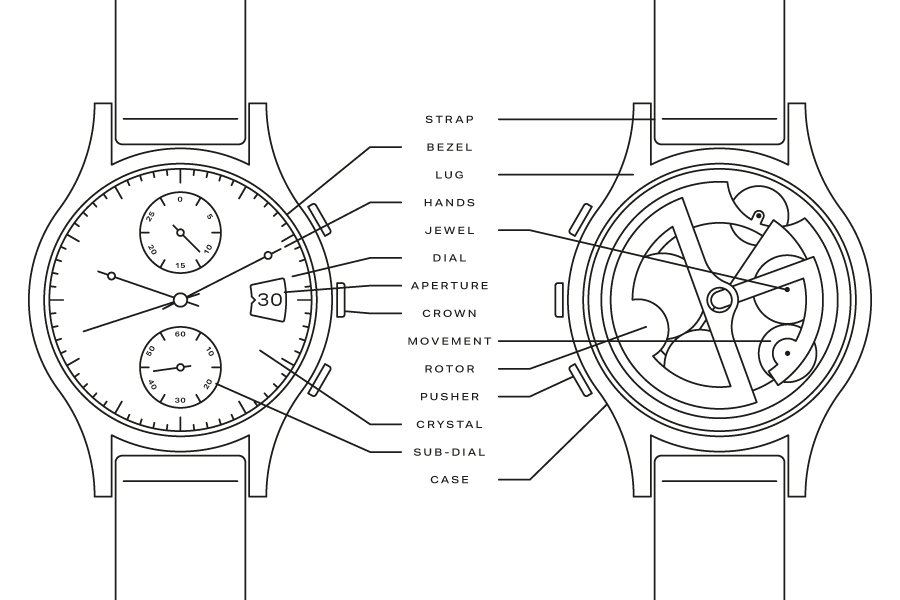
Luxury watches are exquisite in their precision and complexity. Each model has a unique look and is crafted and assembled by highly skilled watchmakers. However, there are a number of key components that are traditionally used across the world’s finest timepieces.
Discover the design and configuration of these basic watch elements. From the dial to the bezel, these are the horological terms you need to know.
1. Aperture
An aperture is a small opening in the dial, also called a ‘window’. This opening is purpose made to display certain information. For example the day, date, month or moon-phase. See our guide to watch complications for a review of the different aperture complications.
2. Bezel
The bezel is the outer ring of the watch case that surrounds the crystal. It’s either screwed or snapped onto the case. Some will be fixed in position while others can be rotated either clockwise or bidirectionally, allowing the wearer to record elapsed time.
It’s a vital component and all watches have a bezel. Aesthetically, they can be flat edged or rounded and made from a different metal than the case itself. There are various bezel types and for luxury watches they can often come adorned with embellishments like precious gemstones.
3. Case
The case is the container that holds the inner workings and protects the watch movement. Cases come in many shapes such as round, square, oval, tonneau-shaped or rectangular. It’s also one of the elements that help to give each timepiece an attractive yet distinctive appearance.
Various materials can be used, depending on the style of watch. Stainless steel is sometimes used because it’s resilient and doesn’t tarnish however, for luxury wristwatches cases can be made from precious metals like gold or platinum. The case provides access to the movement via the crown and pusher(s).
4. Crown
The crown is an external knob or button on the side of the watch. It allows the wearer to set the time and on mechanical watches is used to wind the mainspring. Some watches have a date aperture and when pulled out the crown is used to adjust this.
Often fluted, the crown provides an essential but also tactile element to luxury watches. Something that digital watches struggle to emulate. Crowns can also screw down into the case on water-resistant models.
5. Crystal
The crystal is a transparent cover that sits above the dial and hands, protecting the watch from dust and dirt. Although called the crystal, it can be made from various materials: glass, plastic or synthetic or real sapphire crystal.
Sapphire crystal is popular because of its scratch-resistant and durable qualities. Non-reflective coatings are also applied on some models to reduce glare and make the time more legible.
6. Dial
Dial is the correct technical term for the ‘watch face.’ In essence, the dial is the visual interface displaying a variety of information produced by the movement. The flat surface that sits beneath the crystal and is arguably the most expressive part of the watch.
Dials come in with many different styles, colours, materials and fonts, each with a signature look, which is what makes them so collectable.
7. Hands
Hands are found on the surface of the dial and are used to indicate time. They are thin strips of metal attached to a centre point of rotation. Watches generally have three hands to show hours, minutes and seconds. The hour hand is usually shorter than the minute hand.
The design of the hands can vary according to the make, model and style of the watch. Shapes include arrows, swords, batons, pear and so forth. Chronographs (stopwatches and timers) may have additional hands for their other complications.
8. Jewel
Jewels are synthetic rubies that reduce friction by acting as bearings for gears in a watch. Occasionally sapphires are used in place of the rubies, but these tend to be rarer. Wheels in a watch are constantly rotating on their pivots, which over time causes mechanical wear. So cylindrical, shock-protecting jewels are used to balance the wheels and reduce watch maintenance.
Before the use of jewels, broken balance staffs were common and without them the mainplate or bridge would need to be replaced periodically.
9. Lugs
The lugs are where the case of the watch connects to the strap or bracelet, kept in place by metal spring bars. Sometimes referred to as the ‘horns,’ the lugs are projections that allow the timepiece to be worn on the wrist. A lug hole is where you insert the spring bar and to attach or detach the bar, a tool is often needed.
10. Movement
The movement is the inner mechanism of a watch that tells the time and powers its functions. Think of it as the engine: a complex set of components that are beautifully and precisely configured to provide a simple, elegant solution, achieving the mechanical mastery of classic Swiss time keeping.
For most of us, the outside of the watch is all we’ll ever see but it’s the inside that holds much of the technical expertise of haute horology.
11. Pusher
Pushers are buttons on the outside edge of the case that control specific functions of the watch. Not to be confused with the crown, which is used to adjust the time. Pushers are most commonly found on timepieces with a chronograph and tend to be used as stopwatches and timers.
12. Rotor
This is an eccentric weight that rotates based on the wearer’s motion. Attached to the movement, it’s part of an automatic watch that winds the mainspring and stores power. In effect, the rotor transfers kinesthetic movement into stored energy to keep the wristwatch ticking.
13. Subdial / Register
A subdial, often called a register, is used to display a unique piece of information. It’s basically a small dial, placed inside the main dial on the watch face. They are commonly used with chronographs and each timepiece can have as many as four auxiliary dials.
They work in tandem with aperture complications such as timers, alarms, dual time zones and calendars. For some models, seconds are displayed in a subdial known as the ‘fourth wheel,’ which rotates once per minute within a small window separate to the main dial.
14. Strap / Bracelet
A strap is a thin band of leather, rubber or fabric that holds the watch to the wrist. It must be non-metal to be considered a watch strap. Different materials change the look and feel of the timepiece, and many models now allow straps to be interchangeable.
Straps are themselves made up of constituent parts. There are a few types of fastening including tang and deployment buckles, as well as folding clasps. The ‘keeper’ is the first loop the strap goes through, but there’s often a ‘free loop’ to help keep the strap in place. Adjustment holes are used to tighten or loosen the fit, and the lugs connect the straps to the watch.
The metal version is called a bracelet, which typically can be adjusted for size by adding or removing metal links. A Milanese-style bracelet looks more mesh-like and was originally designed to look and feel like leather while being breathable.


